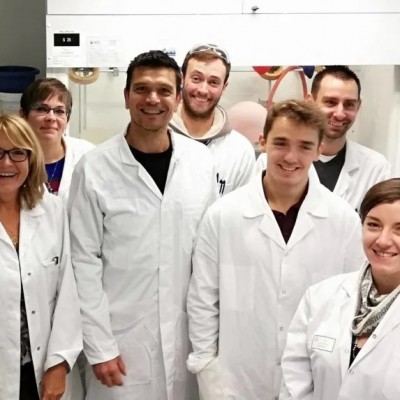Charity dedicated to the fight
against childhood cancer
against childhood cancer

From these initial results and following the arrival of three researchers in the team, new projects have emerged and are carried out in collaboration with bioinformaticians, chemists and French and foreign clinicians. One of these projects aims (i) to study the role of a protein, which modifies the DNA of cells and participates in the formation of the most serious tumors, and (ii) to test the effectiveness of several inhibitors of this protein, knowing that some of these inhibitors are already used clinically in the treatment of adult cancers. A second project aims to study the mechanisms of energy production by hepatoblastoma cells, to find their weak point and then to block this source of energy in order to prevent the development of tumor cells. All of this work aims to study the molecular content of the most dangerous hepatoblastomas in order to find innovative therapeutic solutions to effectively treat children with these cancers.
In a second work, the team studied the molecular content of 25 hepatoblastoma tumors by RNA sequencing. Bioinformatics and microscopic analyzes of tumor tissues have shown the interest of the four genes HSD17B6, ITGA6, TOP2A and VIM in classifying hepatoblastomas into three different groups. In the most aggressive group called “C2A”, we have shown that the “Fanconi anemia” molecular pathway plays a very important oncogenic role and allows tumor cells to resist chemotherapy. Using an inhibitor of this pathway, we were able to stop the growth of C2A hepatoblastoma cells, destroy them and inhibit the development of hepatoblastoma in mice. These results show that this treatment, already used in the treatment of certain leukaemias in adults and children, could be used to treat children with aggressive hepatoblastoma type C2A. All of these results are summarized in the scientific magazine Hepatology .
In a third work published in the journal Oncotarget , we describe in more detail the interest of the hepatoblastoma model implemented in the chick embryo and its usefulness for testing therapeutic molecules. Our results show that in chickens, Huh6 hepatoblastoma cells form tumors quite similar to those developing in patients. This model is therefore very useful for researchers because it identically reproduces the stages of formation of a hepatoblastoma and makes it possible to easily study this cancer in the laboratory. The team also analyzed by RNA sequencing the molecular content of these tumors during their formation in chickens and identified several genes that could play an important oncogenic role. We therefore plan to study them. In conclusion, this new model will allow us to test different types of anticancer molecules and to better understand how a hepatoblastoma develops, with the key to new treatment possibilities.
Read the interview on CARENEWS (September 2018)
December 2020 Update - New Research on DIPGs (Brainstem Tumors)
Thanks to the support of Eva Pour la Vie, Pour Emma, Scott & Co and Grandir Sans Cancer, a new project will start in January 2021 within the INSERM-MIRCADE team in Bordeaux. The goal of this project is to identify new drugs capable of killing DIPG cells from a catalog of more than 900 molecules. In order to accelerate the transfer of these results to patients and facilitate the opening of new clinical trials, the anti-cancer molecules tested will either already be available in the hospital (drugs with Marketing Authorization), or in progress. evaluation (clinical trials) in the treatment of cancer in adults or children. After selecting the most promising molecules, the team will study the ability of the most effective drugs to kill DIPG cells using two DIPG tumor models in chick embryos and in mice (models put in place in the team by Dr Martin Hagedorn). The second objective of this work is to study the effect of the most efficient molecules on the behavior of DIPG cells using cellular, molecular and high resolution microscopy imaging approaches. Indeed, knowing today how these molecules act is to prepare the development of tomorrow's drugs. By choosing to test these anticancer drugs, we hope to find new therapeutic solutions to treat children with brainstem tumors.
This completely new project calls on the skills and know-how of the MIRCADE team in the GITC study (see recent publication in the journal Neuro-Oncology ) and in the search for the most effective compounds among a library of several hundred of candidates (see the 2017 publication on Childhood Liver Cancer ). This work will be carried out by Guillaume Herrault, Master 2 student at the University of Poitiers, and Farah Rahal, doctoral student in the team, under the joint supervision of Drs Christophe Grosset and Martin Hagedorn.

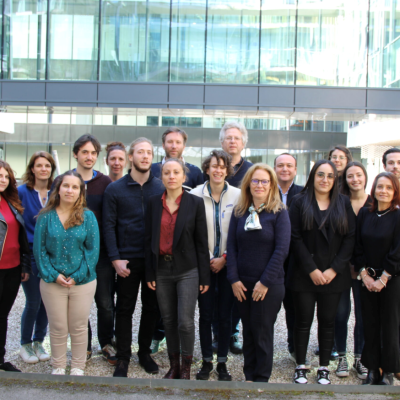
Eva pour la vie supports the Adapted Physical Activity project for children treated for Cancer and Insulin Sensitivity APACIS, led by Professor Marlène Pasquet, pediatric onco-hemato-immunologist at the children's hospital of the Toulouse University Hospital and Justine Thomas, APA teacher and doctoral student, as well as the recruitment of an APA position within this department.

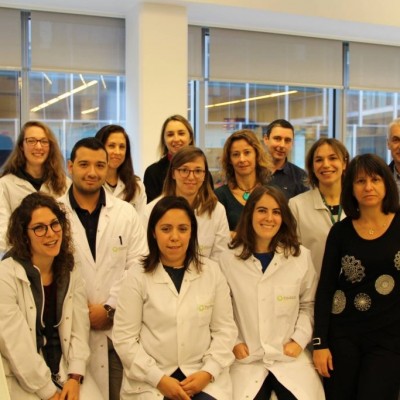
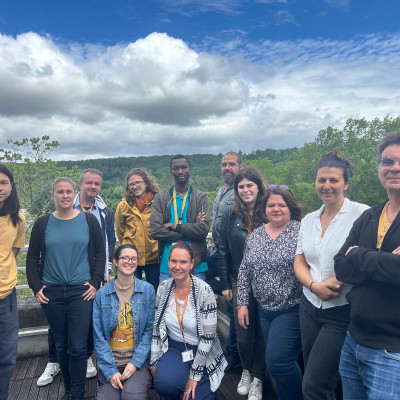
Eva pour la vie & Grandir Sans Cancer have decided to support the work of Dr. Célio POUPONNOT, at the Curie Institute, by funding the Project "Modeling of medulloblastoma using human cerebellar organoids and analysis of the effect of agricultural pollutants" through a grant. This research project includes a crucial environmental research component, the question of understanding in order to try to prevent being as important as the one that aims to better treat children with cancers ...
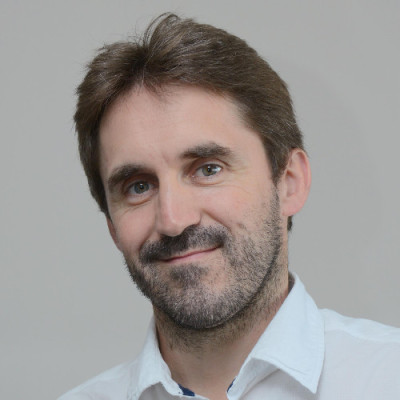
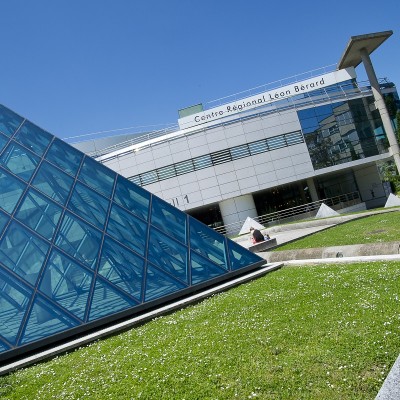
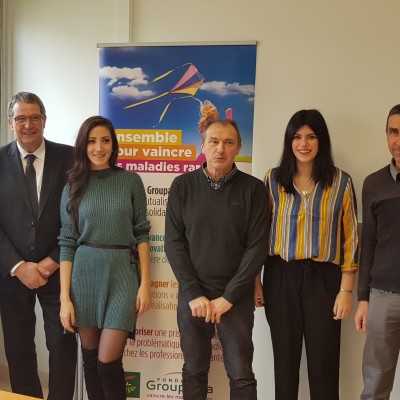
For more than 20 years, this teacher-researcher has been working on cancer. And it's been almost 10 years since he went to kidney cancer or renal cell carcinoma. By joining the team of Dr Christophe Grosset (Inserm, MiRCaDe team), he wanted to use his experience and take a new step forward by working on childhood cancer. He is the initiator of an ambitious project, which involves several surgeons, doctors and international researchers, on the study of nephroblastoma (or Wilms tumor) in children, co-funded by the association Eva pour la vie and Aidons Marina ...
Resistance to treatment is a major clinical problem, in particular in the case of osteosarcomas, bone tumors affecting children or adolescents. Indeed, chemotherapy, associated with surgery, is the central pillar of current treatment. However, many osteosarcomas are or become resistant to these antiproliferative drugs. Recurrences and / or the appearance of metastases are then frequent. 2 out of 5 patients cannot be cured! Osteosarcoma is therefore a pediatric cancer with a poor prognosis for which it is absolutely necessary to identify ways to counteract resistance to treatment in order to improve the chances of recovery for patients.

Since September 2014, Dr Martin Hagedorn has been leading a team of researchers (Caroline CAPDEVIELLE , Farah RAHAL, Justine CHARPENTIER and Mélissa MENARD) which devotes its research work to the identification of new therapeutic targets in brainstem tumors and to the improvement of its treatment methods. Work recognized by several European scientific teams & experts.

Dr Pasquier's research work mainly focuses on the repositioning of drugs which consists of testing, in new therapeutic indications, drugs already approved by the health authorities. The aim of this work is to identify new therapeutic targets for the most difficult to treat cancers and thus improve the care of patients suffering from these aggressive forms and refractory to treatment . In particular, pediatric cancers (neuroblastoma), brain tumors affecting children as well as adults (glioblastoma, medulloblastoma) as well as certain rare forms of cancer (angiosarcoma).
The work of the INSERM team co-directed by Dr Marie Castets (CR1 Inserm, HDR) and Dr Jean-Yves Blay (PUPH, HDR) focuses on cell death and cancers. Thanks to the support of Eva pour la Vie (55,000 euros) and other associations, this team is currently developing these lines of research on rhabdomyosarcomas, osteosarcomas and neuroblastomas ...
